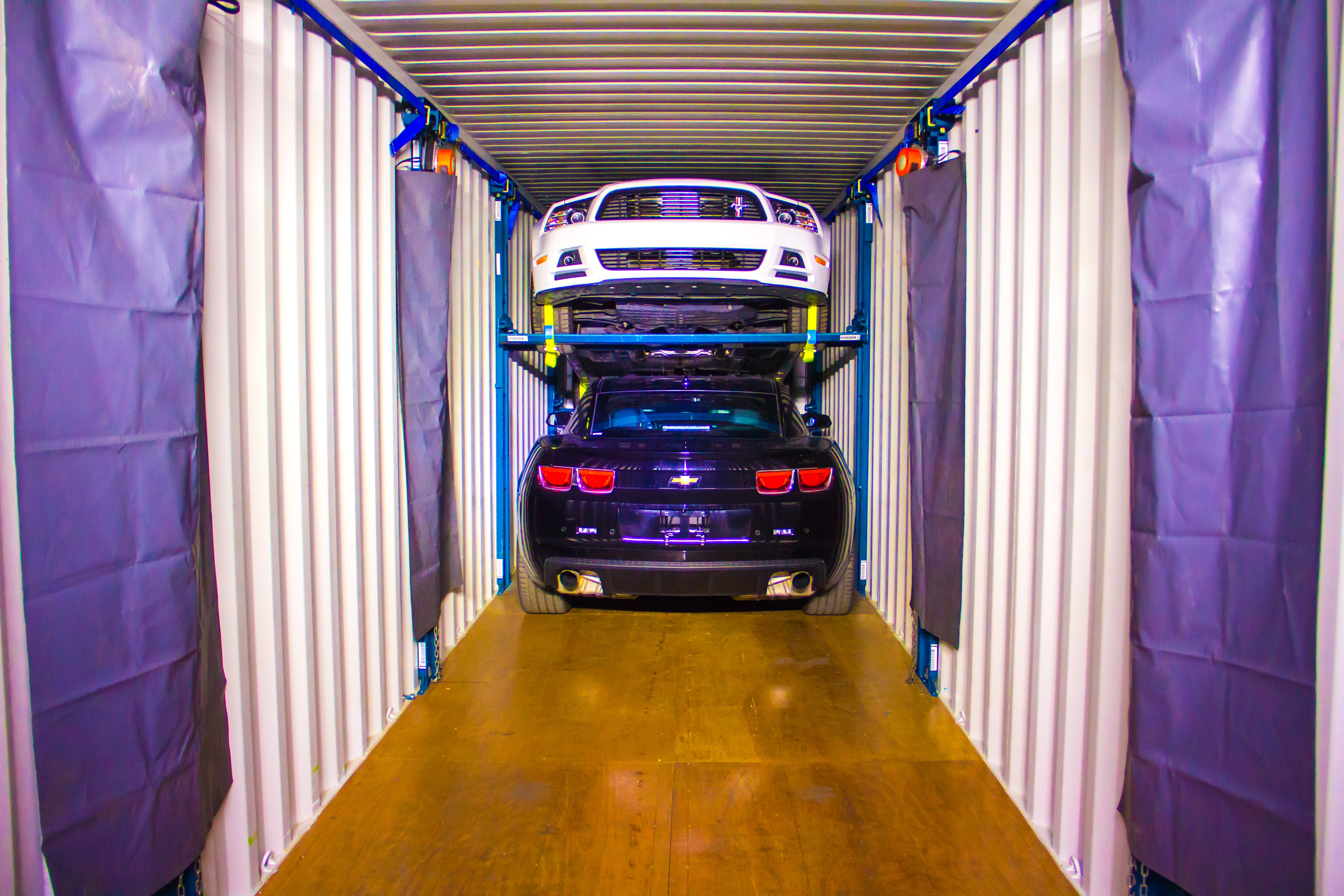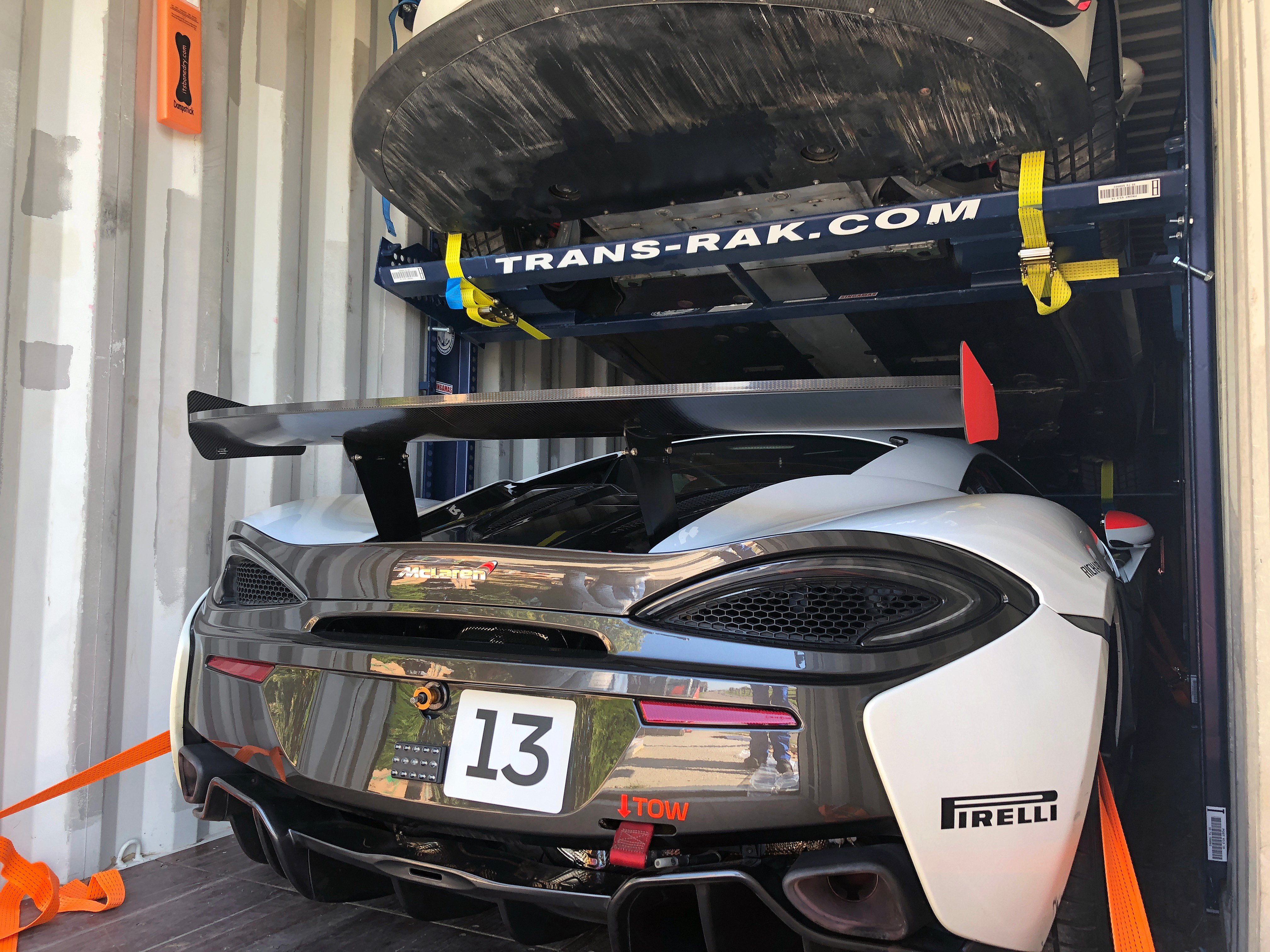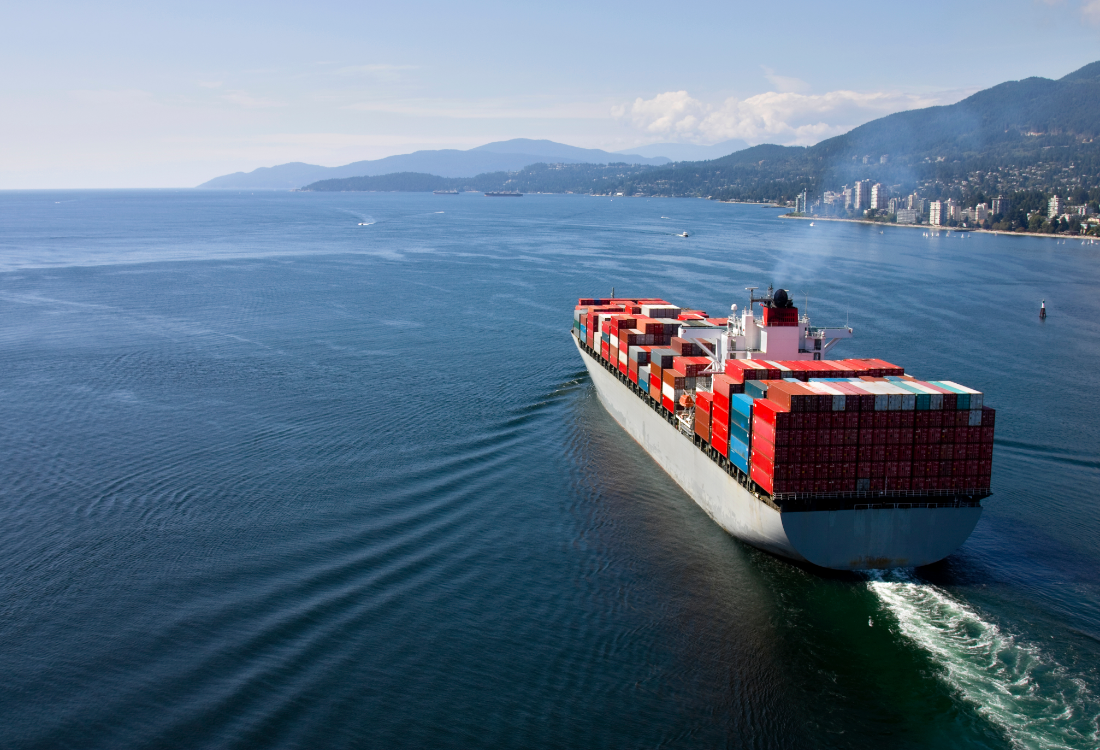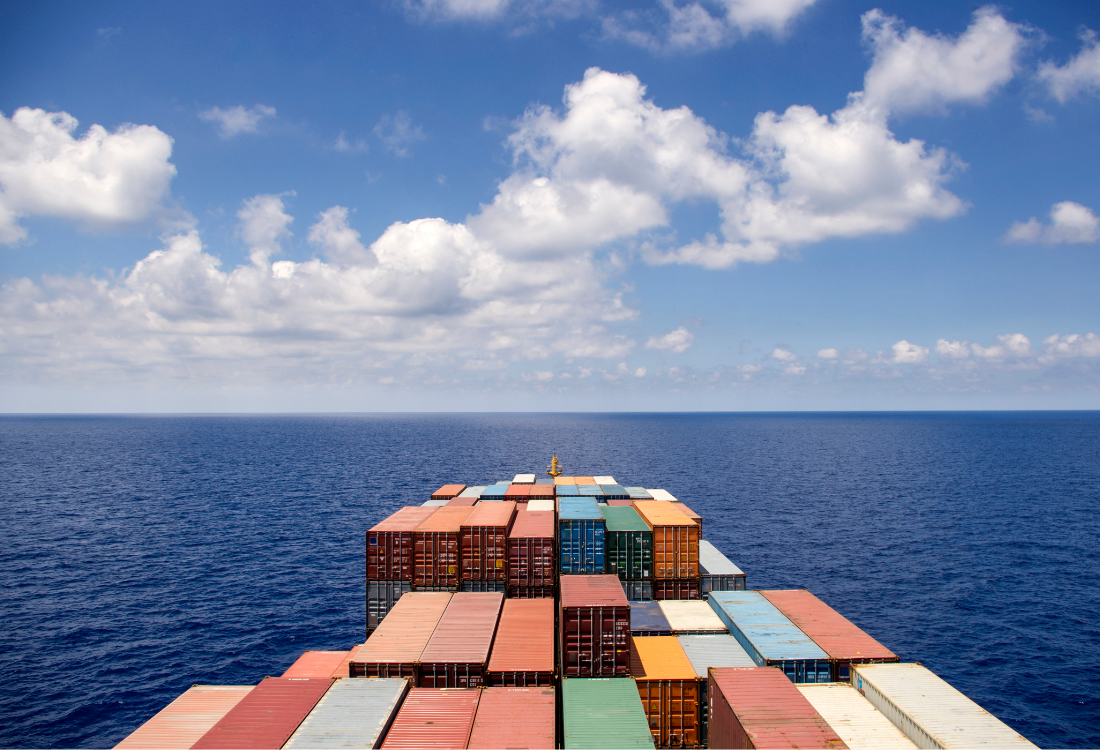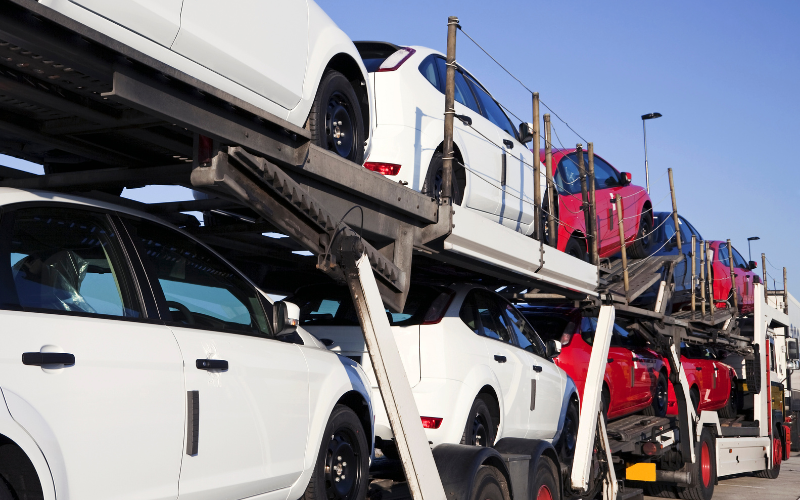
RoRo (Roll-on Roll-off) and containerised transport are two of the most popular forms of cargo transportation for consumer vehicles. They are both efficient, cost-effective, and have become industry standards for shipping cars to ports around the world. In this article, we re-cap the benefits and drawbacks of each form of transport.
Benefits Of RoRo Shipping
RoRo ships are heavy duty deep-berth ferries designed to carry large assignments of cars, lorries, mobile construction vehicles, and even entire trains and rolling stock – along established deep water shipping lanes. The advantage of this type of ship for car transport is that the vehicles can simply be driven on and off, and some large RoRo vessels are equipped to take thousands of vehicles in comparative safety.
This makes them ideal for short-haul trips (e.g. between the UK or Republic of Ireland and the mainland EU, or between Japan and South Korea) where efficiency matters more than risk mitigation or speed. However, RoRo transportation is not without its drawbacks.
The Problems Of Roll On Roll Off Shipping
One major drawback is that it can be difficult to dock these large RoRo vessels in many popular ports due to their size and shape. They need a deep harbour and plenty of space, which limits your choice of ports and often necessitates lengthy journeys by road or rail between embarkation points.
Long journey times can be unwieldy and laden with risk when compared to transport by container ship. There is also a higher risk of theft, damage, and careless handling onboard due to the sheer volume of cars and supporting items being transported by sea on these vessels. In some countries, criminal gangs are known to target RoRo ferry ports due to the known presence of high value consumer vehicles and the relative ease of sneaking cars away amid the bustle of a crowded dockside area.
What About Container Shipping?
Container ships are lighter and have a shallower berth than RoRos but are still capable of carrying tremendous amounts of cargo — up to 20,000+ twenty-foot equivalent units (TEUs) per vessel in some cases! For static commercial and industrial goods, containerised shipping is a straightforward choice of safety and cost control. It’s not so straightforward for cars. Yes, a containerised car is far safer than one shipped by RoRo and the time to market is often shorter due to your greater choice of shipping lanes and ports – but the costs quickly mount up if you can only fit one or two cars per container, making the method unsuited to large consignments.
However, containerised car transport does become a viable option if used in conjunction with a reusable steel racking system, such as the products we supply at Trans-Rak. Our R-Raks, for instance, can increase shipping container occupancy to as many as 4 to 6 vehicles, all stowed in complete safety and away from the watchful eye of potential thieves.
This drastically reduces the cost of containerised car shipping and suddenly makes transport by container ship a realistic proposition for large-scale automotive transport.
When the disadvantages are removed, container ships are the perfect option for long trips, since they allow for direct routing along ocean superhighways instead of having to make multiple stops along the way.
What Next?
To find out more about containerised transport for cars and consumer vehicles, please click here to claim a free copy of our Containerised Car Transport Guide – or get in touch with one of our technical sales team today to discuss the efficiency and cost saving benefits of our reusable steel racking systems.
Image Source: Canva




